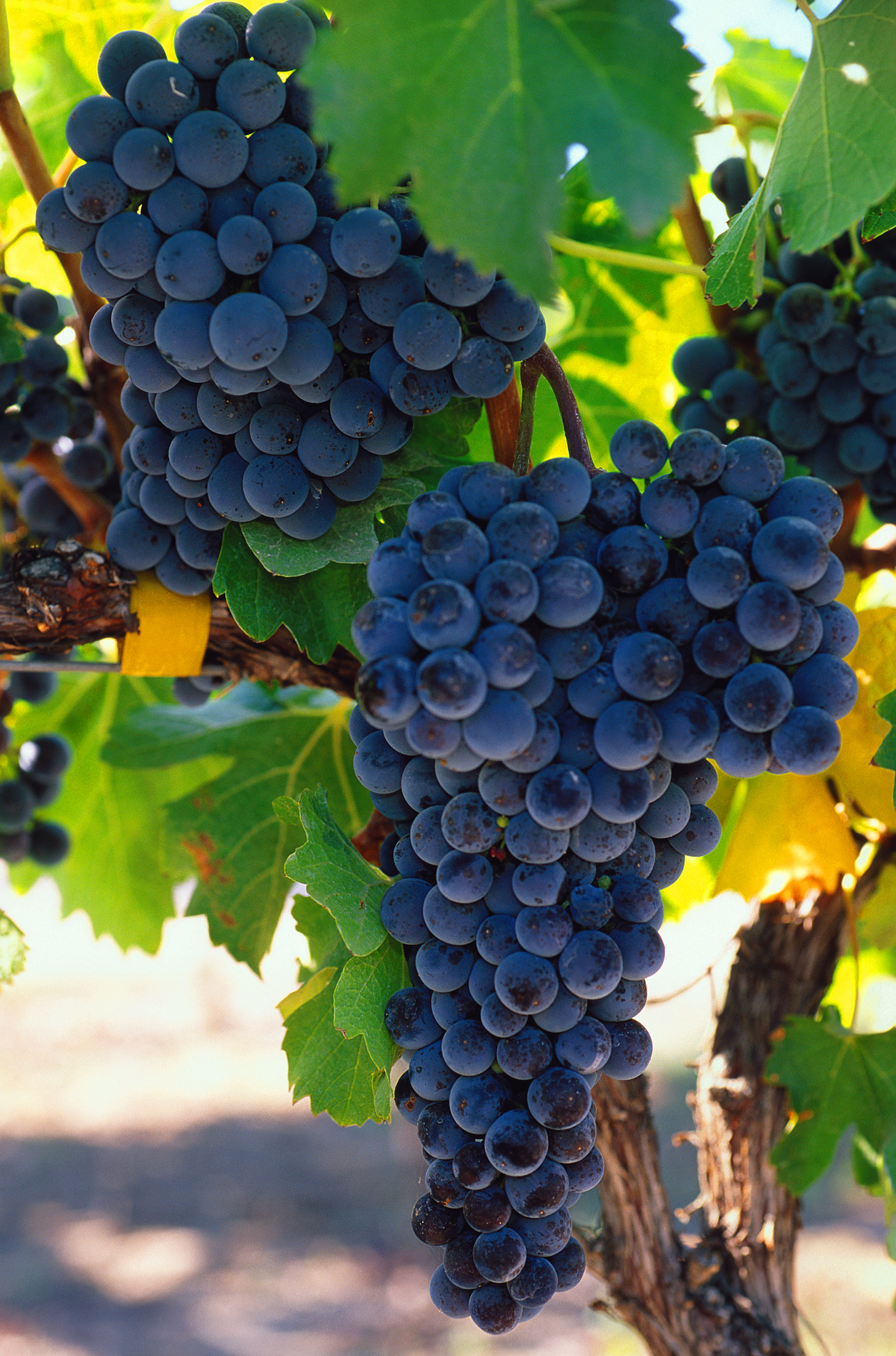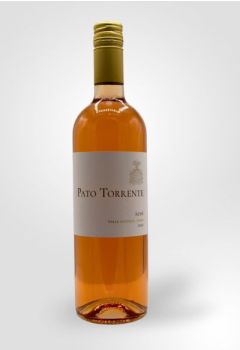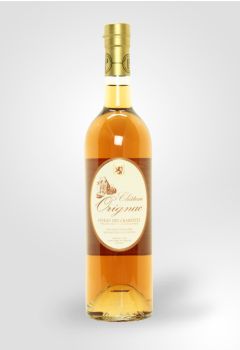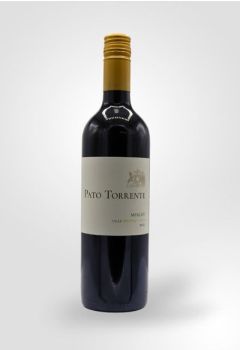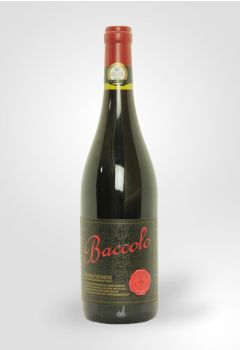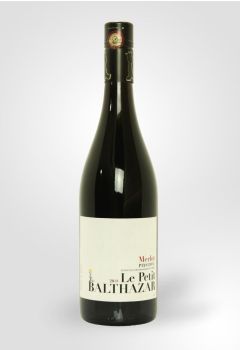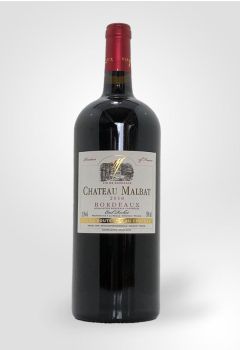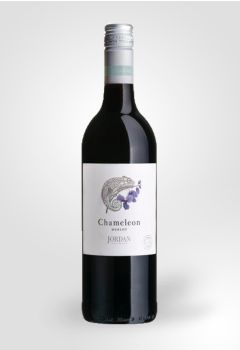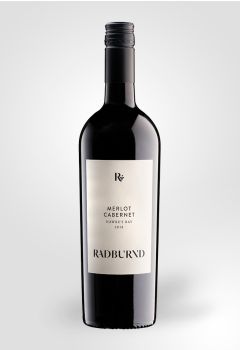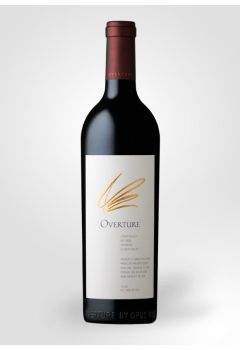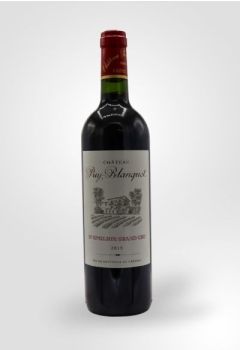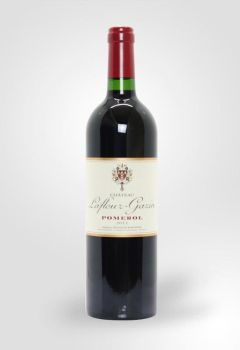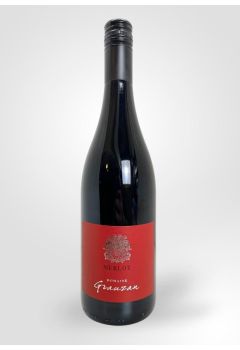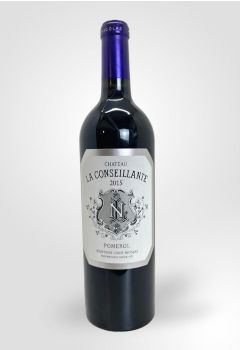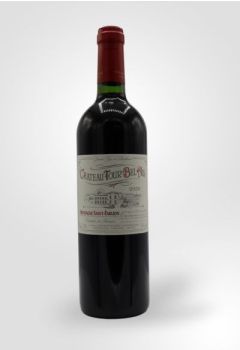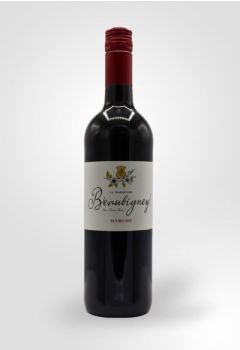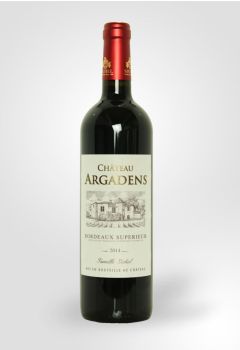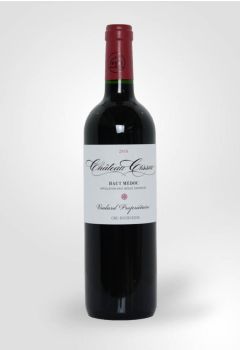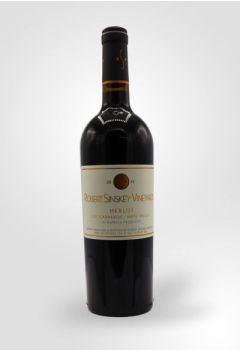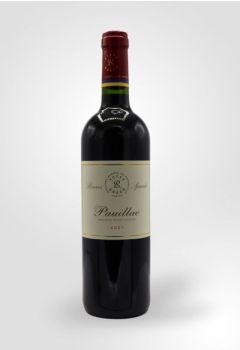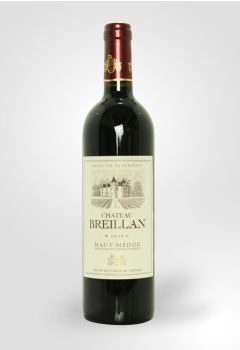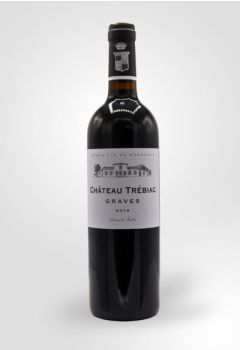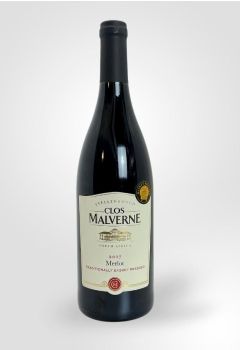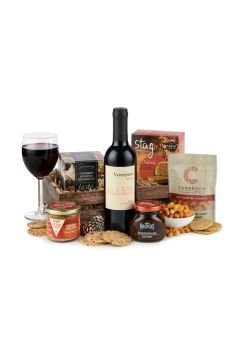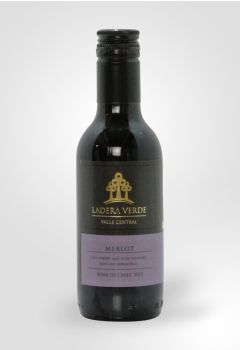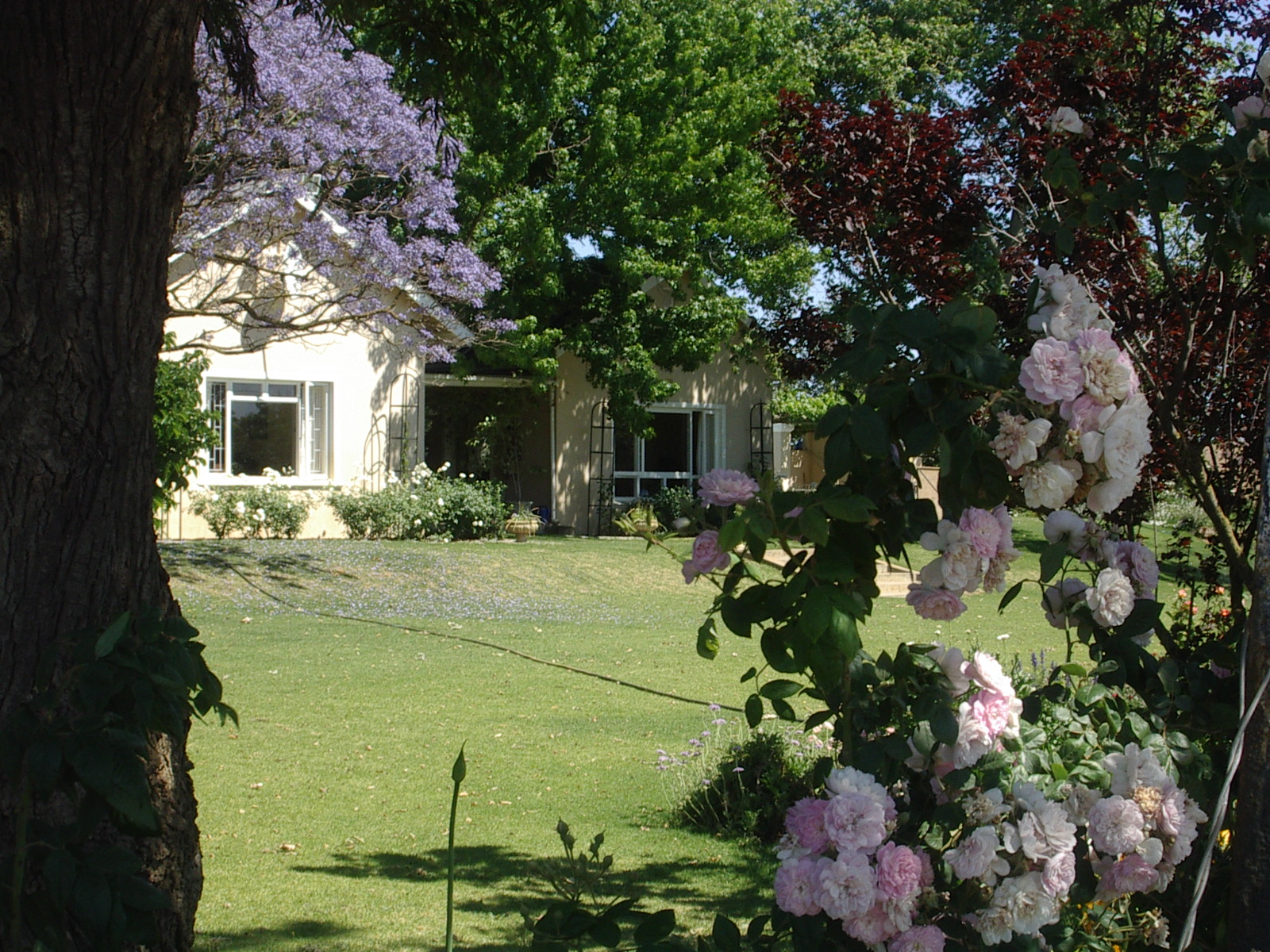
-
- Origin
- Chile
- Central Valley
Packed with strawberry flavour, this is an excellent rosé from Chile and priced to suit all budgets, ideal for the summer BBQ season. Read More- Origin
- Chile
- Central Valley
Packed with strawberry flavour, this is an excellent rosé from Chile and priced to suit all budgets, ideal for the summer BBQ season. Read More -
- Origin
- France
- Charentes
Rich and succulent, yet fresh and elegant, this sweet, brandy-based aperitif is packed full of aromas of apricot, honey and raisin. Best served chille... Read More- Origin
- France
- Charentes
Rich and succulent, yet fresh and elegant, this sweet, brandy-based aperitif is packed full of aromas of apricot, honey and raisin. Best served chille... Read More -
- Origin
- Chile
- Central Valley
Aromas of black plum, blackberry, blueberry and maraschino cherry characterize this wine. The palate is fruity, with juicy and soft tannins. Read More- Origin
- Chile
- Central Valley
Aromas of black plum, blackberry, blueberry and maraschino cherry characterize this wine. The palate is fruity, with juicy and soft tannins. Read More -
- Origin
- Italy
- Northern
- Veneto
An intense bouquet of spice and ripe dark fruit leads onto a well-rounded palate with an rich, persistent finish. Read More- Origin
- Italy
- Northern
- Veneto
An intense bouquet of spice and ripe dark fruit leads onto a well-rounded palate with an rich, persistent finish. Read More -
- Origin
- South Africa
- Stellenbosch
A well-made wine with sweet berry and dark chocolate notes. Rich and balanced with hints of soft prune and ripe plum. No sulphur was added to this win... Read More- Origin
- South Africa
- Stellenbosch
A well-made wine with sweet berry and dark chocolate notes. Rich and balanced with hints of soft prune and ripe plum. No sulphur was added to this win... Read More -
- Origin
- New Zealand
- Hawke's Bay
This superb Bordeaux blend from the New World rivals that of the best of France with 21 months in French oak. It creates a balanced and complex style ... Read More- Origin
- New Zealand
- Hawke's Bay
This superb Bordeaux blend from the New World rivals that of the best of France with 21 months in French oak. It creates a balanced and complex style ... Read More -
- Origin
- USA
- California
- Napa Valley
Overture displays a vibrant garnet color with expressive aromas of fresh red fruits. Notes of bright cherry and red currant are underpinned by more ea... Read More- Origin
- USA
- California
- Napa Valley
Overture displays a vibrant garnet color with expressive aromas of fresh red fruits. Notes of bright cherry and red currant are underpinned by more ea... Read More -
- Origin
- France
- Bordeaux
- Left Bank
- Saint-Emilion
A glorious, elegant red displaying sweet red cherry and raspberry that give the wine brightness and lift. The aromatics are intriguing, complex and in... Read More- Origin
- France
- Bordeaux
- Left Bank
- Saint-Emilion
A glorious, elegant red displaying sweet red cherry and raspberry that give the wine brightness and lift. The aromatics are intriguing, complex and in... Read More -
- Origin
- France
- Bordeaux
- Right Bank
- Pomerol
A soft wine with attractive berry fruits, smoky acidity and sweet juicy flavours. The tannins are well integrated with acidity pushing through. The fi... Read More- Origin
- France
- Bordeaux
- Right Bank
- Pomerol
A soft wine with attractive berry fruits, smoky acidity and sweet juicy flavours. The tannins are well integrated with acidity pushing through. The fi... Read More -
- Origin
- France
- Pays D'oc
A brilliant wine with an intense nose of undergrowth, blackberries and blackcurrants. Smooth and elegant on the palate with notes of ripe black fruits... Read More- Origin
- France
- Pays D'oc
A brilliant wine with an intense nose of undergrowth, blackberries and blackcurrants. Smooth and elegant on the palate with notes of ripe black fruits... Read More -
- Origin
- France
- Bordeaux
- Right Bank
- Pomerol
Rich, muscular and complex with layered aromas of elegant damson, eucalyptus and brooding black fruits. Silky Pomerol tannins lead to a long and sumpt... Read More- Origin
- France
- Bordeaux
- Right Bank
- Pomerol
Rich, muscular and complex with layered aromas of elegant damson, eucalyptus and brooding black fruits. Silky Pomerol tannins lead to a long and sumpt... Read More -
- Origin
- France
- Bordeaux
- Righ Bank
- Saint-Emilion
A refined and elegant Claret with notes of ripe black fruit with hints of woodiness, all that you would expect from this region. Read More- Origin
- France
- Bordeaux
- Righ Bank
- Saint-Emilion
A refined and elegant Claret with notes of ripe black fruit with hints of woodiness, all that you would expect from this region. Read More -
- Origin
- France
- Pays D'oc
A vibrant bouquet of red berries leads to a rainbow of flavours in this charming everyday drinking velvety smooth red wine. Read More- Origin
- France
- Pays D'oc
A vibrant bouquet of red berries leads to a rainbow of flavours in this charming everyday drinking velvety smooth red wine. Read More -
- Origin
- France
- Bordeaux
A rich Claret that has an aromatic nose of fresh fruit and black berries with a hint of toast. It is structed with an elegance and balance that reveal... Read More- Origin
- France
- Bordeaux
A rich Claret that has an aromatic nose of fresh fruit and black berries with a hint of toast. It is structed with an elegance and balance that reveal... Read More -
- Origin
- France
- Bordeaux
- Left Bank
- Medoc
A tapestry of rich, ripe blackberries and cassis, interwoven with hints of cedar and tobacco. Firm tannins provide structure, while a velvety texture ... Read More- Origin
- France
- Bordeaux
- Left Bank
- Medoc
A tapestry of rich, ripe blackberries and cassis, interwoven with hints of cedar and tobacco. Firm tannins provide structure, while a velvety texture ... Read More -
- Origin
- USA
- California
- Napa Valley
Brroding and intense, it has a deep, rich ruby crimson colour in the glass. Aromas of red berry, black cherry and plum are followed by notes of bay le... Read More- Origin
- USA
- California
- Napa Valley
Brroding and intense, it has a deep, rich ruby crimson colour in the glass. Aromas of red berry, black cherry and plum are followed by notes of bay le... Read More -
- Origin
- France
- Bordeaux
- Left Bank
- Pauillac
Derived from premier vineyards in Pauillac, three out of the initial five classified growths of 1855 hail from this renowned appellation, nestled on t... Read More- Origin
- France
- Bordeaux
- Left Bank
- Pauillac
Derived from premier vineyards in Pauillac, three out of the initial five classified growths of 1855 hail from this renowned appellation, nestled on t... Read More -
- Origin
- France
- Bordeaux
- Left Bank
- Haut-Medoc
A beautiful and intense claret with red fruits, vanilla and spice on the nose which follow through to the full bodied palate that has a wonderful rich... Read More- Origin
- France
- Bordeaux
- Left Bank
- Haut-Medoc
A beautiful and intense claret with red fruits, vanilla and spice on the nose which follow through to the full bodied palate that has a wonderful rich... Read More -
- Origin
- France
- Bordeaux
- Left Bank
- Graves
A beautiful deep garnet with an evocative nose exhibiting red berried fruit and dark chocolate. It is soft and round which gives a mouth filling palat... Read More- Origin
- France
- Bordeaux
- Left Bank
- Graves
A beautiful deep garnet with an evocative nose exhibiting red berried fruit and dark chocolate. It is soft and round which gives a mouth filling palat... Read More -
- Origin
- South Africa
- Stellenbosch
A full to medium-bodied red bursting with delicious red berry fruits. Soft yet firm in the mouth with a perfectly balanced finish. Delicious! Read More- Origin
- South Africa
- Stellenbosch
A full to medium-bodied red bursting with delicious red berry fruits. Soft yet firm in the mouth with a perfectly balanced finish. Delicious! Read More - A selection of savoury nibbles complimented by a half bottle of Ventopuro Merlot. Presented in a wooden slatted crate. Price includes delivery to the ... Read MoreA selection of savoury nibbles complimented by a half bottle of Ventopuro Merlot. Presented in a wooden slatted crate. Price includes delivery to the ... Read More
Key Countries and Regions
Merlot is the backbone grape in many Bordeaux wines, and is the dominant grape in the blends of St-Emilion and Pomerol. It is the basic ingredient of some of the most sought-after wines in the world (those hailing from Chateux Petrus, Le Pin and Clinet). Merlot also plays a major role in the New World wines from America (California and Washington State), Chile, Italy (Tuscany), Australia (Margaret River) and New Zealand (Hawkes Bay).
Common Flavours and Ageing
The most prevalent flavours include fruits like cherry, black olive, mulberry and raspberry (even fruitcake); root vegetables like beetroot and rhubarb and natural flavours such as earth, violet and a leaf-like taste. The texture is juicy, velvety, rounded and smooth, being medium-bodied and well-balanced. It can be drunk when young due to its supple and plump character; at such an age, it is very deep in colour, often near-black with purple hints. As it ages, it becomes closer to a garnet-red, and the richer flavours of leather, caramel, bacon, truffle and coffee materialise.
